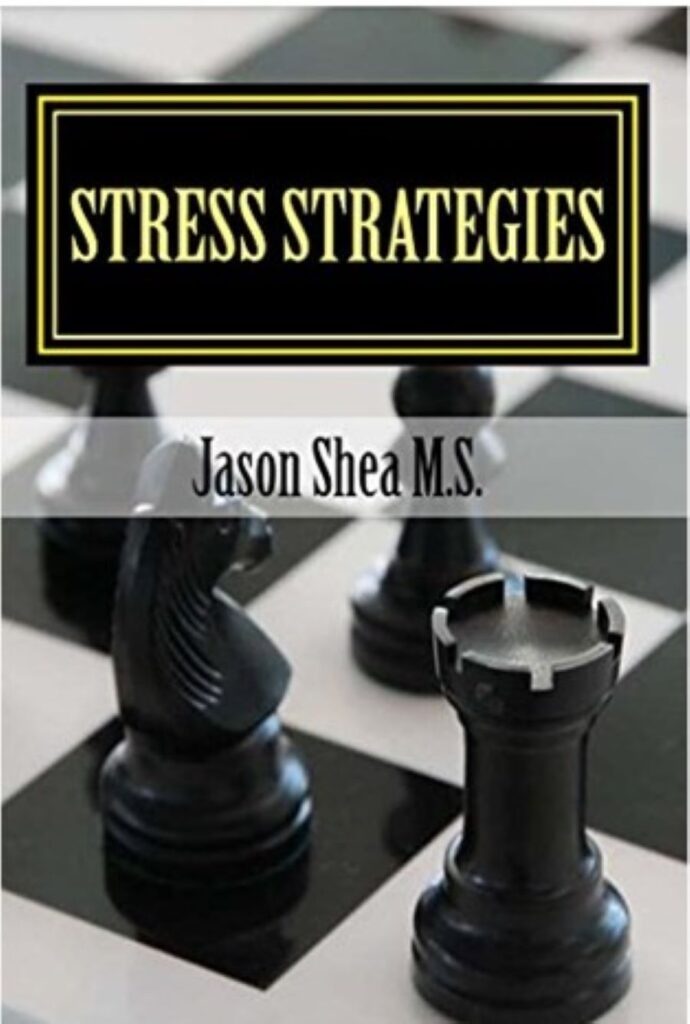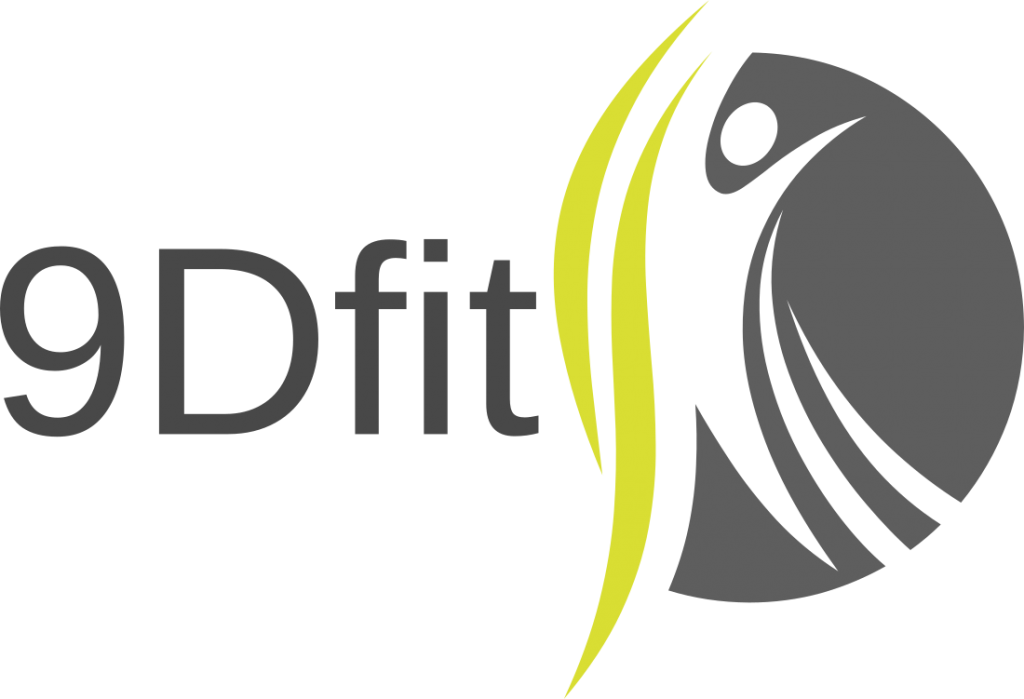Have you ever felt defeated by a difficult situation, even though you had a strong mindset? Maybe you didn’t compete your best, were bullied in school, got fired, faced a health crisis, or lost a loved one.
These challenges may have left you overwhelmed and feeling helpless.
But what if – in the face of adversity, you have the power to not only survive but thrive? Or as my good friend Rob Swartz and Bouldercrest teach “Struggle Well”.
That’s where resilience comes in. Resilience is not just about bouncing back from setbacks; it’s a crucial ingredient for personal growth and fostering winning team cultures. There is an anonymous quote that says “a wise man can see more from the bottom of a well than a fool can from a mountain top.”
In this article, we’ll explore the significance of resilience, its benefits, and give you practical strategies for “seeing from the bottom of the well.”
Let’s start climbing!
Resilience: Not just a buzzword, but the key to personal growth and success.

Did you know that many top performers in any field have been through rough patches as well?
And in many cases, they have come out stronger and more resilient?
From HBR’s 2002 Crucibles of Leadership chapter on Handling Adversity:
“An extraordinary leader is a kind of phoenix rising from the ashes of adversity stronger and more committed than ever. In interviewing more than 40 leaders in business and the public sector over the past three years, the authors found that all of them had endured intense, often traumatic, experiences that transformed them and became the source of their distinctive leadership abilities (1).”
But what exactly is resilience, and how does it work?

Resilience comes in many forms. For us humans, there is cognitive resilience. There is physical resilience. Emotional and social resilience.
In the IT world there is cyber-resilience. In material science there is proof resilience (how much energy can be absorbed until permanent distortion). In the business world there is enterprise resilience (resisting the urge to talk about a few potential case studies going on right now). There is even “climate-resilience.”
In essence, resilience is the ability to adapt to and recover from adversity.
Or, as General George Patton so brilliantly put it:
It involves facing challenges, experiencing hardships, and transforming them into opportunities for growth. An opportunity to test and build character. Or, as one of the most inspiring people I have ever met, six time cancer survivor friend Buck Rogers says “A chance to sharpen your sword.”
Rather than avoid difficult situations, resilient people embrace them and emerge victorious.
Like sharpening a sword, resilience is not a fixed trait, but a skill that can be learned and developed over time. Like any muscle, the more you exercise your resilience, the stronger it becomes.
Resilience also fosters a positive, growth mindset, enabling individuals and teams to face challenges with optimism and hope, and not let setbacks cripple them.
Tapping into this resilience, they may emerge from the experience with newfound grit and determination, as well as a greater appreciation for life’s blessings. (Check out the Carbon9D Team Culture Arrow for more on this).
Can you measure physiological and mental markers of resilience?

If you were a researcher and could choose a controlled subject population to measure resilience, who would you choose?
I’ll give you a hint.
Think about a certain beach in Southern California.
A certain military school that goes on there?
Coronado Beach.
Navy SEAL BUDS
A group of researchers did just that. Who makes it through BUDS and who does not. They wanted to learn if there were physiological and mental markers of those that make it through versus those that do not.
The study was called Psychological and Physiological Predictors of Resilience in Navy SEAL Training. On the mental side they found that:
“resilience is a combination of Competence, Confidence, Connection, Character, Contribution, Coping and Control, or an individual’s ability to maintain a “positive adaptation in the face of adversity (7).”
A simple way to remember this is the seven C’s of resilience (pardon the pun).
On the physical side they found two physiological characteristics that correlated with successful BUDS completion rates:
- higher levels of something called BDNF (7)
- and DHEA-to-cortisol ratios (7).
BDNF
BDNF (Brain-Derived Neurotrophic Factor) is like fertilizer for the brain. Among its many benefits, it can help improve memory, mood, and stress resilience. BDNF is a protein that helps in the growth, survival, and differentiation of neurons, and has the ability to modulate neuroplasticity and repair. A study published in 2013 in the Journal of Affective Disorders revealed that higher baseline levels of BDNF-modulated resilience in individuals affected by depression (6).
DHEA to Cortisol Ratio
DHEA is a precursor to testosterone while cortisol is a hormone associated with the body’s stress response. The ratio of DHEA to cortisol gives insight into anabolic vs catabolic states. A study from Psychoneuroendocrinology found that military personnel who had lower pre-deployment cortisol responses in clinical samples were less likely to experience PTSD symptoms after a traumatic deployment (9).
In a 2018 study, researchers wanted to learn if there were physical predictors of resilience that may play roles in healthy aging. According to the researchers, they used “three simple, reliable, and inexpensive stressors are described in this review that could be used as a panel to determine levels of resilience (8).”

- “Brief cold-water immersion allows a recovery time to normothermia as an indicator of resilience to hypothermia, i.e. the quicker the return to normal body temperature, the more robust the resilience (8).“
- “Sleep deprivation (SD) impairs remote memory in aged mice and has detrimental effects on glucose metabolism (8).”
- “Cyclophosphamide (CYP) targets white blood cells, especially myeloid cells resulting in neutropenia with a rebound neutrophilia in an age-dependent manner. Thus a strong neutrophilic response indicates resilience. In conclusion, resilience promises to be an especially useful measurement of biological age, i.e. how fast a particular organ or tissue ages (8).”
While Cyclophosphamide may be a bit more than most of us were looking for here, cold-water immersion/return to normothermia and sleep deprivation sound a bit more manageable.
What is strong minded personality?
Resilience is not just about the body’s ability to respond to stress, but it’s also a psychological mechanism. Mindset plays a critical factor in building resilience.
This must-read paper from 2012 (here the free PDF) called Seven Characteristics of Highly Resilient People: Insights from Navy SEALs to the “Greatest Generation looked at the personal qualities of highly resilient individuals and populations.
Without further ado, here are the 7 characteristics:
1. Présence d’esprit
“Calm, innovative, non-dogmatic thinking, is an essential element in resilience. Having the presence of mind to think in a calm, rational manner, especially under stress is rare. The ability to see old problems from a new perspective is key to overcoming hindrances that stifle others. Sometimes referred to as “out of the box” thinking, innovative thinking is characterized by highly flexible, nondogmatic cognitive processes. Such cognitive processing can result in a new level of decision-making efficacy. The key platform upon which innovative thinking rests is the belief that a solution can always be found. (4)”
2. Decisive Action
“Once a decision has been reached, it is essential to act decisively. Many people wait for the “moment of absolute certainty.” Sadly the moment of absolute certainty seldom comes, or when it does, its often too late. The English proverb, “He who hesitates is lost,” seems apropos in this context. The hesitancy that typifies non-resilient decision-making is often the fear of making a mistake, or failing. The corollary to decisive action, however is the necessity to take responsibility for one’s actions. Taking responsibility is sometimes difficult, especially if the action leads to an undesirable outcome. However, highly resilient people are often the first to take responsibility because they see that as the first step toward resolution and subsequent success (4).”
3. Tenacity
“Great American success stories are replete with the theme of tenacity. In many cases it was not the genius that predicted success, it was the tenacity. Take the case of the electric light bulb. The first electric light was invented in 1800 by Humphry Davy, an English scientist. He successfully electrified a carbon filament with a battery. Unfortunately, the filament burned out too quickly to have practical value. In 1879, Thomas Edison discovered that a carbon cotton filament in an oxygen-free glass bulb not only glowed but would glow for up to 40 hours. This new bulb required relatively low levels of electricity and could be produced for a large market. With further time, Edison created a bulb that could glow for over 1200 hours. And what was the difference between Davy on one hand and Edison on the other? Edison persevered in his testing until he found the right combination of filament and bulb. But, according to Edison himself, it required over 6000 failed experiments to arrive at the right combination (4).”
4. Interpersonal Connectedness and Integrity
“Interpersonal connectedness and support may be the single most powerful predictor of human resilience. In the military, the mantra is “unit cohesion, unit cohesion, unit cohesion.” In the social and business worlds, sometimes it really is whom that counts, and how strong the bond of affinity is. The benefits of interpersonal support have been known for over a century. Charles Darwin, writing in 1871, noted that a tribe whose members were always ready to aid one another and to sacrifice themselves for the common good would be victorious over most other tribes (4).”
5. Integrity
“Integrity is doing that which is right. It is considering not only what is good for you, but what is good for others as well. Integrity isn’t just a situation by situation process of decision-making, it is a consistent way of living. When we see it in others, we usually admire it. Integrity engenders trust. It makes us feel safe. Mahatma Gandhi was said that there are seven things that will destroy society: wealth without work; pleasure without conscience; knowledge without character; religion without sacrifice; politics without principle; science without humanity; business without ethics (4).”
6. Self-Discipline and Self-Control
“Self-discipline and self-control is another factor we believe engenders resilience. Perhaps the single most dangerous action one can take is the impulsive action. Road rage, airline rage, certain types of gambling, and even certain types of domestic violence may be related to the inability to practice self-control. On the other hand, we know certain health promoting behaviors, such as relaxation training, physical exercise, and practicing good nutrition require a certain self-discipline that many simply find too challenging to practice consistently. Sadly, these health promoting practices seem to engender resilience (and resistance) as we have discussed previously.
7. Optimism and Positive Thinking
“Optimism is the tendency to take the most positive or hopeful view of matters. It is the tendency to expect the best outcome, and it is the belief that good prevails over evil. Optimistic people are more perseverant and resilient than are pessimists. Optimistic people tend to be more task-oriented and committed to success than are pessimistic people. Optimistic people appear to tolerate adversity to a greater extent than do pessimists. The optimist always has a reason to look forward to another day.”
Whether it be SEALs and their intense training or athletic teams, our resilience is continually tested no matter what stage of life we are in.
5 Strategies for Improving Resilience
Aside from getting used to cold water immersion and sleep deprivation, what else can you do?
I. Not too many commercials on TV for this one

Did you know that a 2017 study looked at the impacts of diet on 67 subjects (male and female) with moderate to severe depression, taking anti-depressants, and eating unhealthy diet (Jacka 2017)?
Half the group went on Mediterranean Diet for 12 weeks, while the other half kept eating the same way. After 12 weeks, the subjects on the Mediterranean Diet saw dramatic increases in depression scores, with some reporting scores that could be considered remission (5).
The researchers concluded that subjects with moderate to severe depression can improve their mood by eating a healthier diet (5).
II. Build a Strong Mindset and the Body will Follow
Mindfulness meditation is a practice that helps individuals to focus on the present moment and disregard their troubles or anxieties temporarily. This helps to hone emotional regulation skills and establish a robust overall mindset.
III. Strong Body Equals Strong Mind, and Vice Versa
A 2017 study found that “regular exercisers are more resistant to the emotional effects of acute stress, which in turn, may protect them against diseases related to chronic stress burden (2).” Regular exercise can elevate an individual’s mood, helping them to reduce stress, and make it easier to navigate stressful situations.
IV. Don’t Overlook The Gut-Brain Connection

Your gut health may also play a role. A study from Clinical Practice (3) took human patients suffering from chronic stress through three-weeks of probiotic treatment with the Bifidobacteria species.
Those subjects who rated lowest on the elated/depressed scale saw significant improvements in daily mood scores. The six dimensions of mood measured were:
• Energetic vs tired
• Composed vs anxious
• Elated vs depressed
• Clearheaded vs muddled
• Confident vs unsure
• Agreeable vs angry
The researchers concluded that “probiotics have the potential to diminish the HPA axis response to chronic stressors, and prevent or reverse physiologic damage (3)“. For more on probiotic strains and brands they are found in check out this Ultimate Guide.
V. Say “Hasta La Vista” to Toxic Relationships
The cultivation of positive relationships is also an essential element in building resilience. The presence of a support network provides a safety net for individuals undergoing stressful situations and can help them ward off depression and manage their emotions.
Keep Pushing Toward Resilience and a Strong Mindset
The beauty of resilience is that it’s not quite a trait you’re born with; it’s a skill you can learn and develop over time. It’s about bouncing back from adversity, learning from your experiences, and growing stronger through the process.
Embracing resilience can have a tremendous impact toward building a winning team culture. You’ll be able to inspire your team, cultivate a positive mindset, and forge a collective spirit of resilience.
Remember, the best teams know how to bounce back from setbacks, stay positive and focused, and support one another. With resilience at the forefront of your strategy, your team culture can thrive, and you’ll achieve great things together!
Embrace the challenge, and keep pushing forward.
Thanks for reading!
Stay tuned for our upcoming articles in this series as we sit down with and highlight some truly inspirational and resilient people. Our next one is on something we call NeuroTD. Also, be sure to check out a few of our books on this topic.


References
- Bennis W, Thomas R. Crucibles of leadership. Harvard Business Review. 80(9); Pp 39-45. 2002.
- Childs E, de Wit H. Regular exercise is associated with emotional resilience to acute stress in healthy adults. Frontiers in Physiology. 5(161); Pp 1-7. 2014.
- Clapp et al. Gut microbiota’s effect on mental health: The gut-brain axis. Clinical Practice. 7(4): 987. 2017.
- Everly G et al. Seven Characteristics of Highly Resilient People: Insights from Navy SEALs to the “Greatest Generation”. International Journal of Emergency Mental Health. 44(2); Pp 137-143. 2012.
- Jacka FN et al. A randomised controlled trial of dietary improvement for adults with major depression (the ‘SMILES’ trial). BMC Medicine 15(23). 2017.
- Kim et al. A longitudinal study of BDNF promoter methylation and genotype with poststroke depression. Journal of Affective Disorders. 149(1-3); Pp 93-99. 2013.
- Ledford et al. Psychological and Physiological Predictors of Resilience in Navy SEAL Training. Behavioral Medicine. 46(3-4); Pp 290-301. 2020.
- Shorr A, Carter C, Ladiges W. The potential use of physical resilience to predict healthy aging. Pathobiology of Aging and Age Related Disorders. 8(1); 1403844. 2018.
- Steudte-Schmiedgen et al. Hair cortisol concentrations and cortisol stress reactivity predict PTSD symptom increase after trauma exposure during military deployment. Psychoneuroendocrinology. 59; Pp 123-133. 2015.

